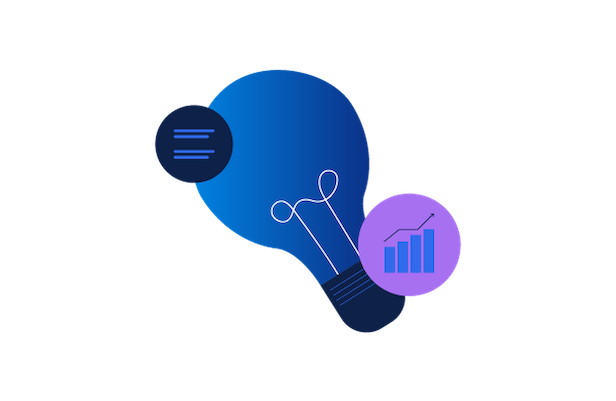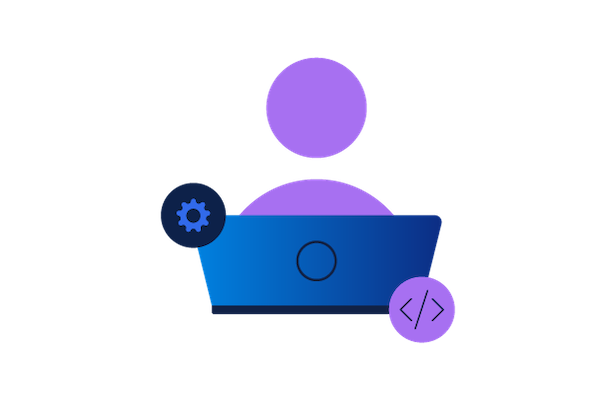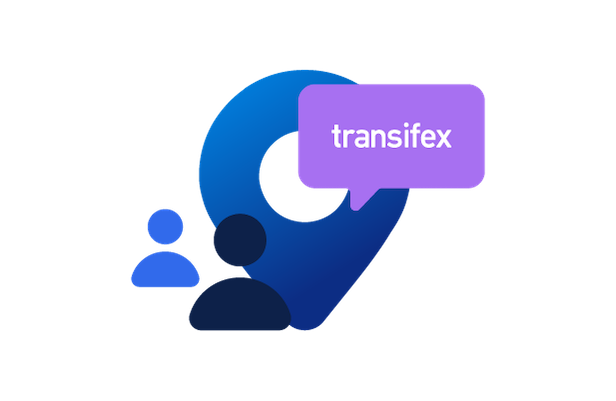
Machine Translation: What Are the Advantages and Disadvantages
With the advancement of technology comes an increasingly efficient and accurate number of ways to translate your website content and localize your products.
In recent years, a fundamental method has been trending in popularity. Companies find more and more ways to integrate it into their business and localization workflows. This method is Machine Translation, or MT for short.
In this post, we break down the pros and cons of machine translation, as well as its place in the localization landscape today and tomorrow.
The Pros of Machine Translation
Machine Translation enables global companies to translate content at scale using “machines” such as Google Translate. It is often found as a feature integrated into localization platforms and used by companies looking to lower their translation costs.
To date, it has been especially effective for lower-tier content (i.e., content that does not require translation precision and extensive copywriting). In such cases, Machine Translation is often seen as the best solution.
Depending on how much content you have to translate, Machine Translation can provide translated content in just a matter of seconds. This, and the following advantages of Machine Translation, are what motivates companies to keep leveraging Machine Translation:
- Fast and does not require vetting and managing of translators
- Cost-efficient for large volumes of translations
- Reduced time-to-market due to faster translation delivery
- Flexibility from a number of Machine Translation source engines
- Adaptable, programmable, and developer-friendly
- Ability to retrain MT into customized workflows and strings
In a nutshell, Machine Translation is seen as an easy, low-cost fix for a complicated problem (translation and localization at scale).
It can produce good results for businesses that are looking for a low-cost solution for their large volumes of lower-tier content, or for global companies that pair it effectively with human translation efforts. After describing advantages (pros), it is time to break down the cons of machine translation.
The Cons of Machine Translation
As with any translation method, there are advantages and disadvantages. One major disadvantage of Machine Translation is its inability to pick up on cultural nuances, contextual content clues, and local slang.
This results in content that can feel a bit robotic, choppy, and not culturally aligned. That said, Machine Translation is an efficient method for lower-tier content that does not require extensive finesse.
However, industry experts often recommend against using Machine Translation for intricate customer-facing content.
The question now is, are we going to see MT tools replacing human translators?
In short, while Machine Translation does indeed enhance the translation and localization process, it is highly unlikely that we’ll see it replacing human translators. Not entirely, at least.
This is because MT tools, as good as they may be, come with numerous downsides:
- Inability to account for certain local phrases due to lack of context
- Possibility for diluted marketing and brand messages due to word-for-word translations
- Difficulty to accurately translate nuances, slang, and other culturally relevant phrases
- Possibility for brand damage due to lack of cultural awareness and cohesiveness
- Difficulty translating complicated or industry-specific terms
- Difficulty predicting and correcting specific grammatical and cultural errors
In short, the challenges above are ones that are resolved with the addition of a human touchpoint into the translation and localization workflow.
Translators are essential for catching those cultural nuances, brand cohesiveness, and grammatical errors that machines cannot.
Additionally, adding that localized brand touch helps companies maintain their brand consistency and integrity while scaling globally.
 The Future of Machine Translation
The Future of Machine Translation
Over time, Machine Translation and human translators have begun to integrate in a natural and seamless way, paving the way for new innovative localization workflows for globally-minded companies.
While there is debate in the industry as to whether Machine Translation is a friend or a foe to current processes and user roles, there is no doubt that the future is bright and filled with more accurate translations at scale.
Go Global & Give Machine Translation a Try
Wanna try using Machine Translation for your localization team? Transifex has all of your needs covered!
With Transifex, you and your localization team can use Machine Translation easily and directly from the Transifex platform.
Furthermore, Transifex integrates Google Translate, DeepL, Microsoft Translate, Amazon Translate, and KantanMT. Try it out with a free 15-day trial.
Related posts
Machine Translation: What Are the Advantages and Disadvantages
3 Common Misconceptions of Machine Translation







